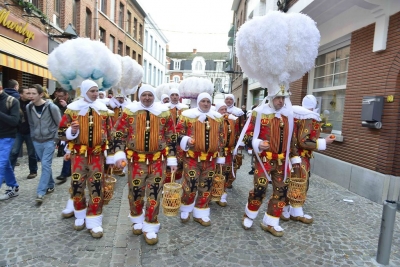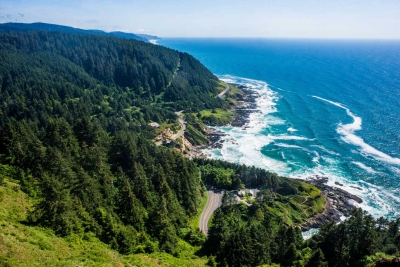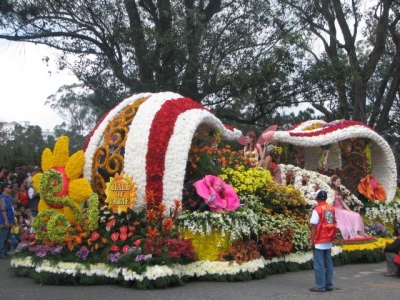What is special about The Binche Gilles parade?

If you are in the town of Binche in Belgium before Lent, around February-March, you can witness a masterpiece of intangible heritage in action.The carnival of Binche which has its roots in the Middle Ages is one of Europe’s oldest celebrations.
The six weeks before Lent are marked by merrymaking, masquerades, musical acts and dancing. The gala event takes place on the three days before Lent. The streets are abuzz with live music and a parade of peculiarly dressed men in peasant, Harlequin and Pierrot costumes.
The stars of the parade are the Gilles (clown-like performers). Hundreds costumes embellished with heraldic design, don wax masks.
On the last and most important day of the festivities - Mardi Gras – the Gilles appear in their full regalia from sunrise to sunset With sticks in hand to ward off ‘evil spirits’, bells attached to their belt, wooden clogs on their feet and towering headgears made of ostrich feathers, groups of Gilles parade down the town’s streets to the accompaniment of brass bands. The carnival culminates in a dance around a huge bonfire and a brilliant display of fireworks.
Picture Credit : Google



